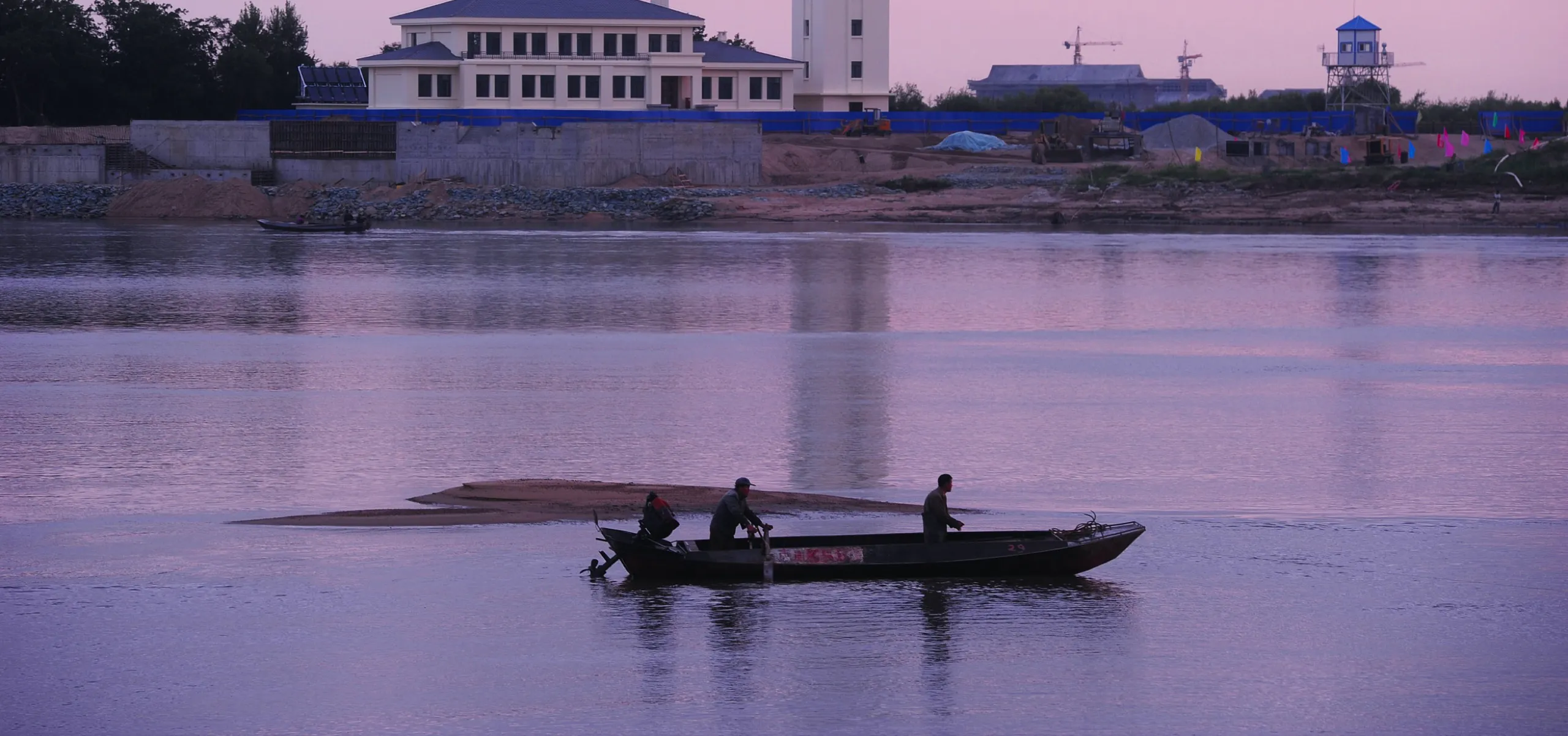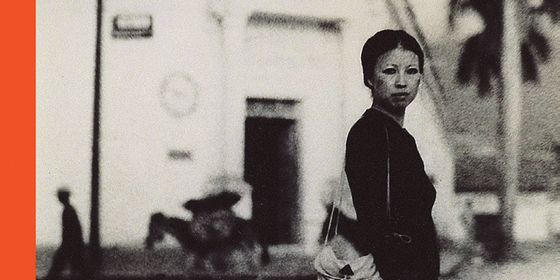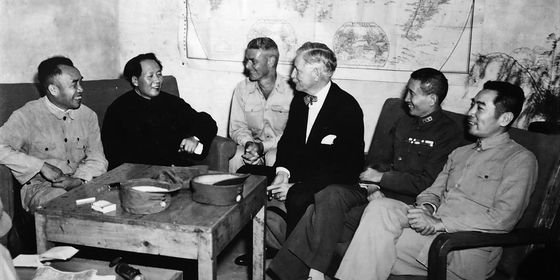Franck Billé and Caroline Humphrey’s “On the Edge” portrays how China’s rise reshaped the reality of the people living just across the river
Far in the north of China, river waters wend through swamp and taiga, swerving and rearing like a black dragon to guard the 4,200-km border between Russia and China. The rivers Amur (Heilong), Argur, and Ussuri form the contentious edge of two ancient empires, each profoundly changed by the 20th century and quite different from one another today.
As we learn from On the Edge: Life Along the Russia-China Border, a new work of popular anthropology written by Franck Billé and Caroline Humphrey, this border marks not only the porous edge of two political and social realities, where people trade, smuggle, travel, and marry. It divides different imaginaries as well.
“Imaginary,” as a noun, is left undefined by the authors, but corresponds to a population’s beliefs, everything used to imagine and interpret reality. It’s a lens that allows the authors to sidestep whether their border-dwelling subjects’ ideas about identity, borders, and their divergent histories match reality. Often, they do not.














